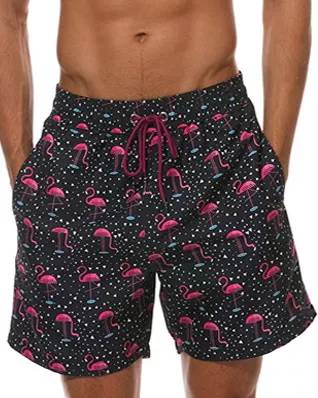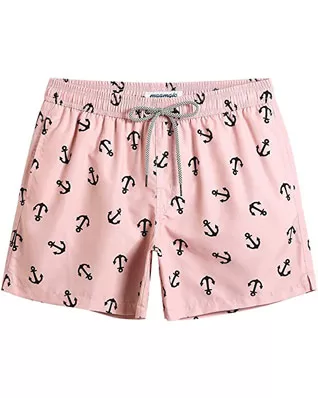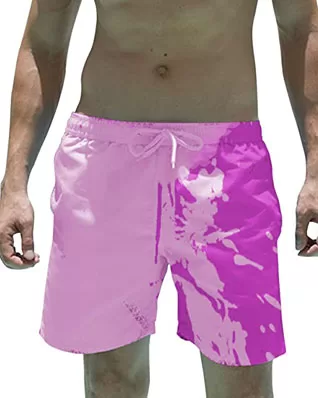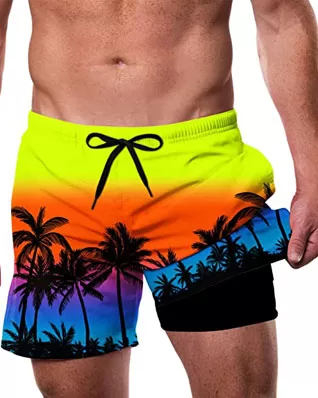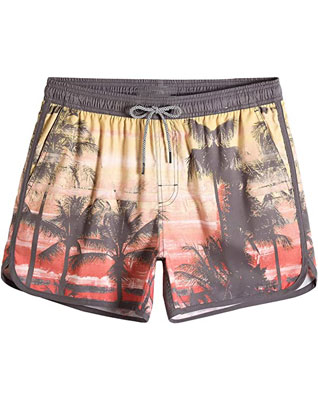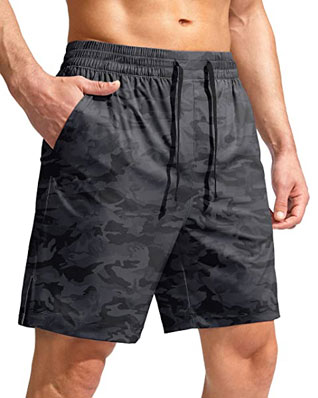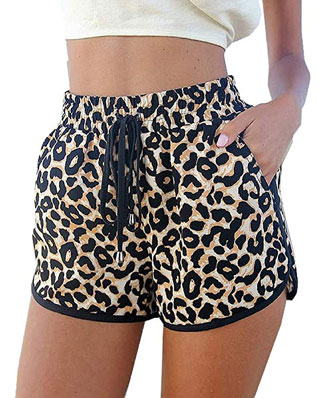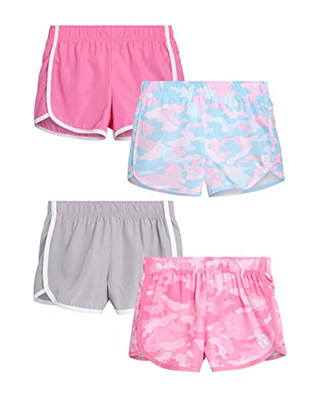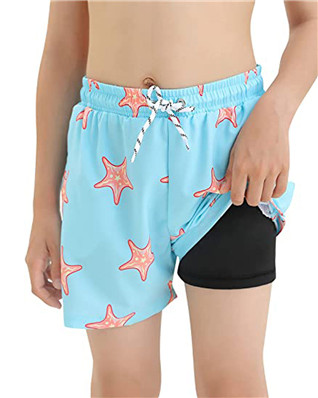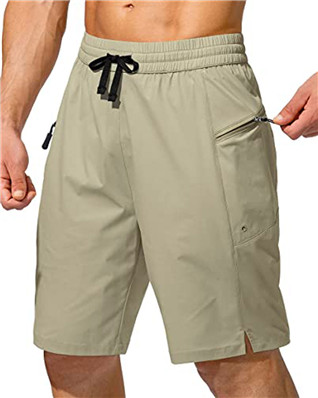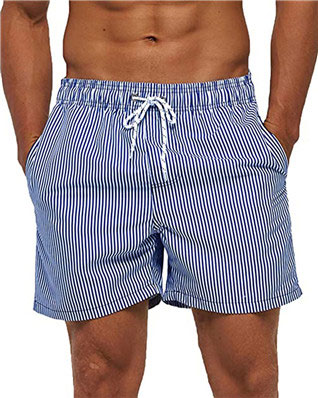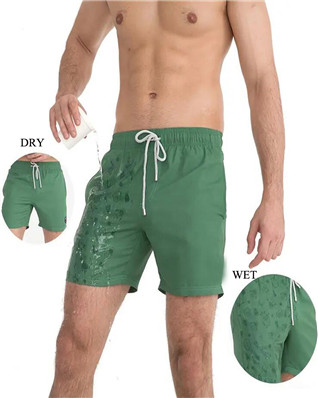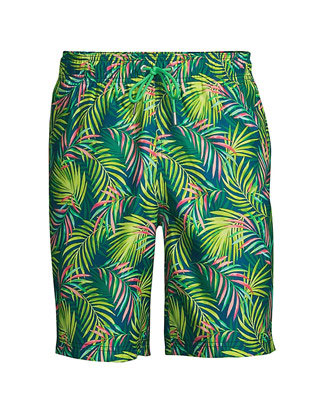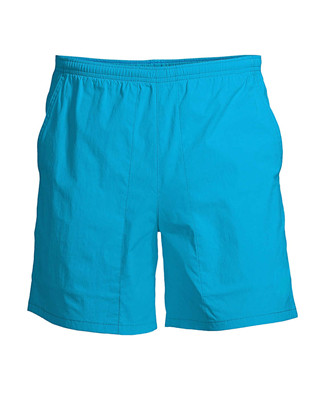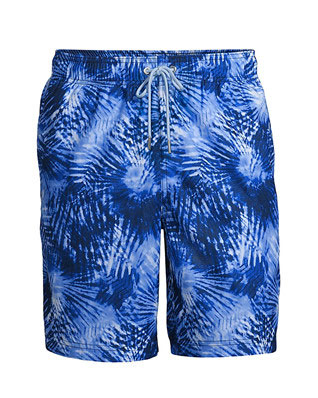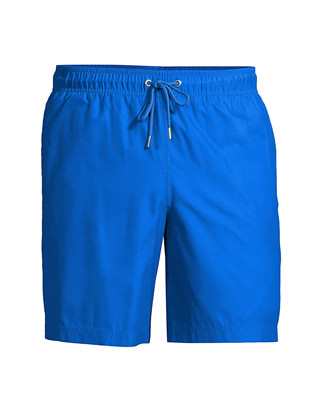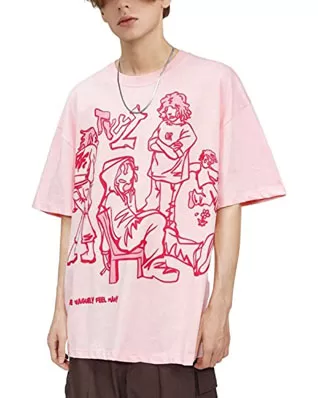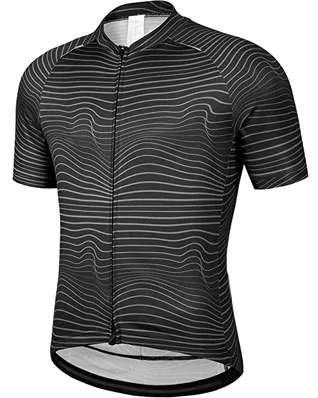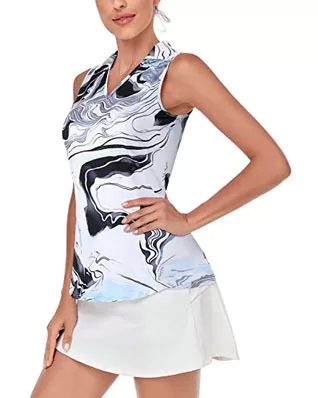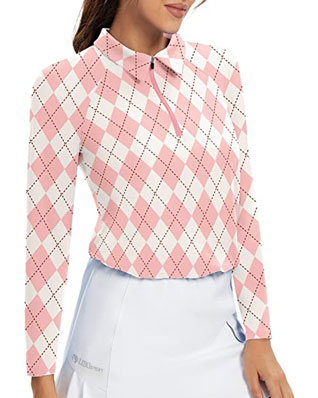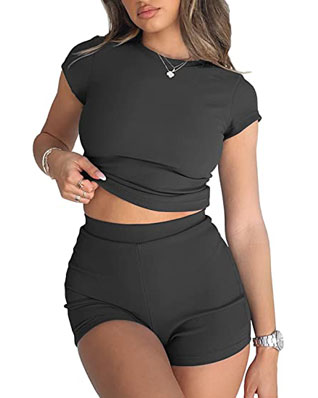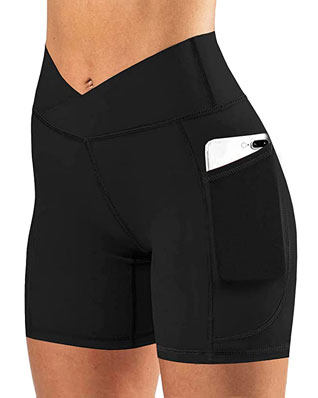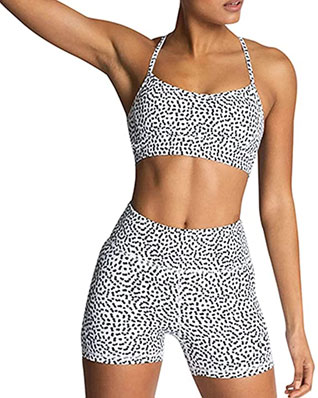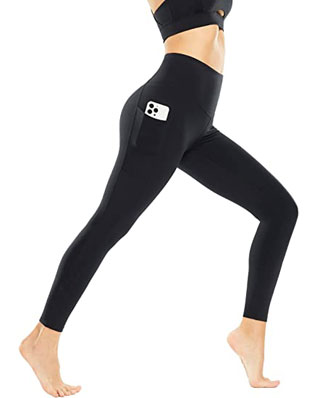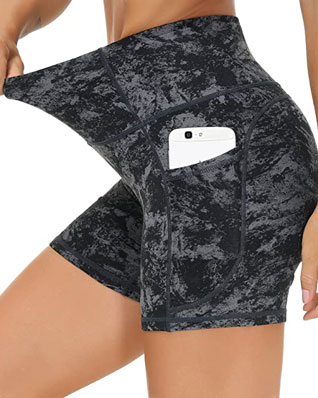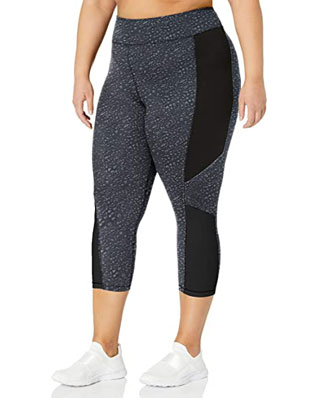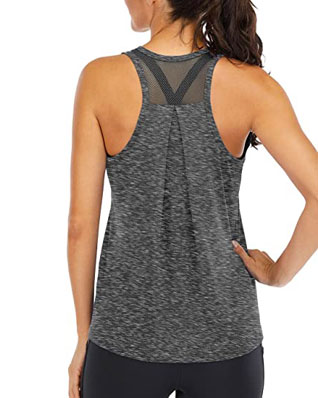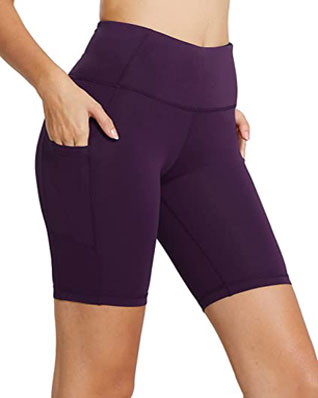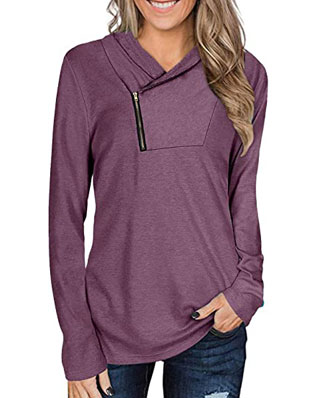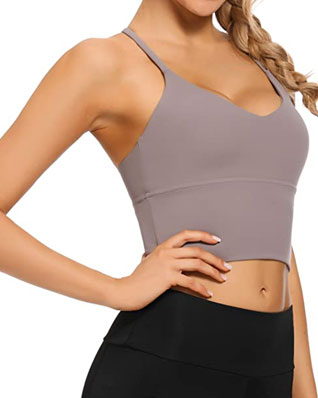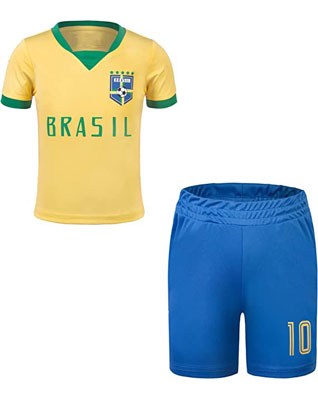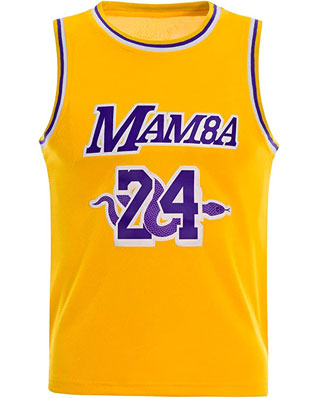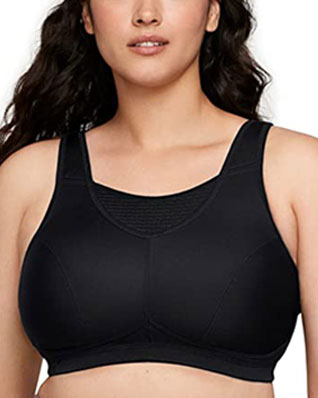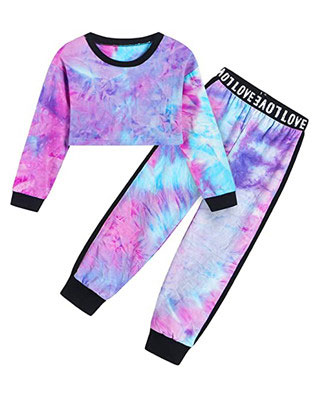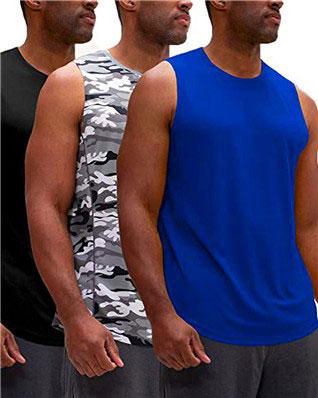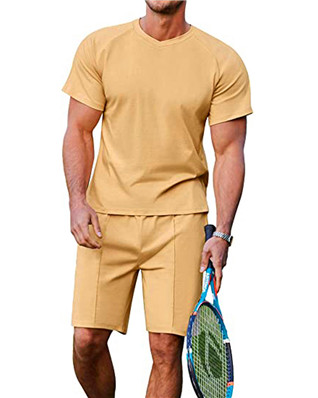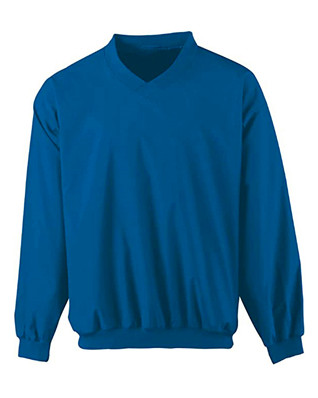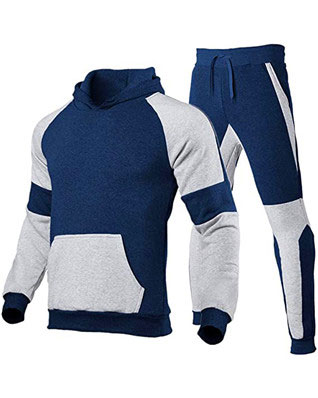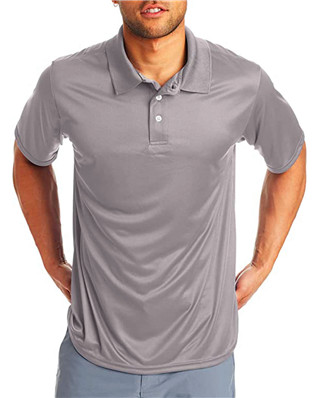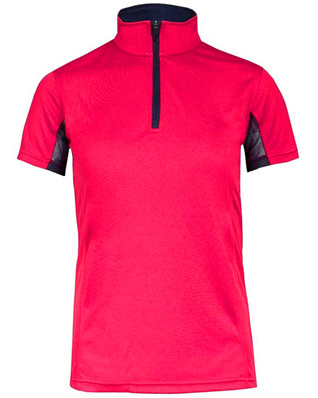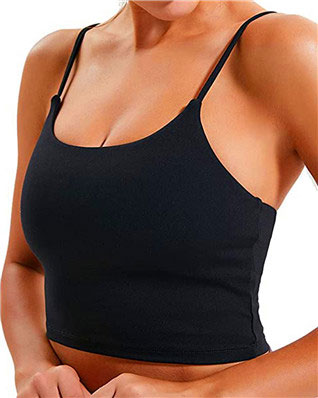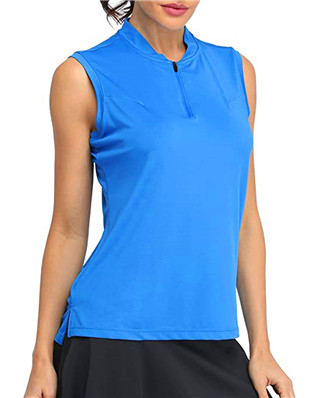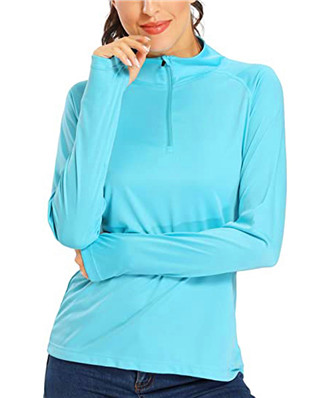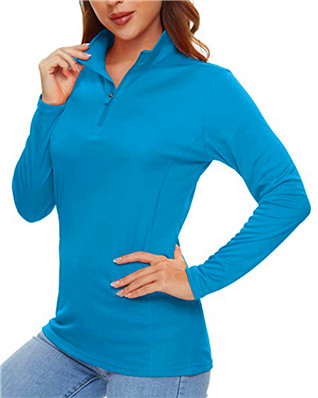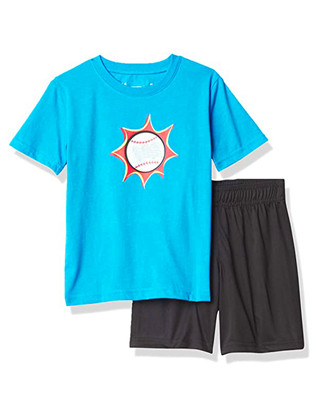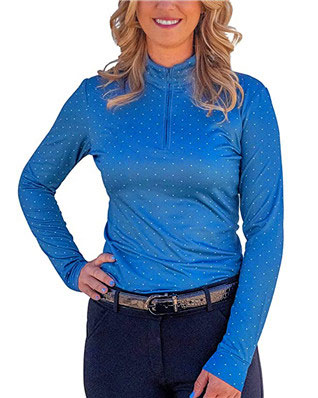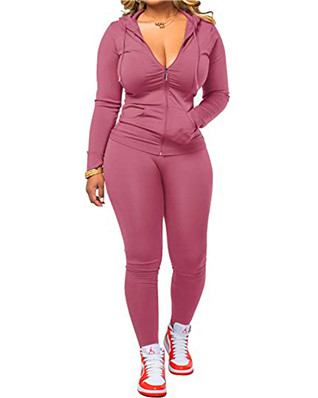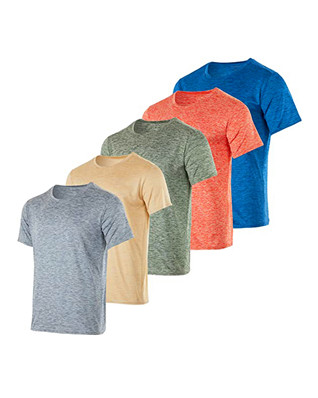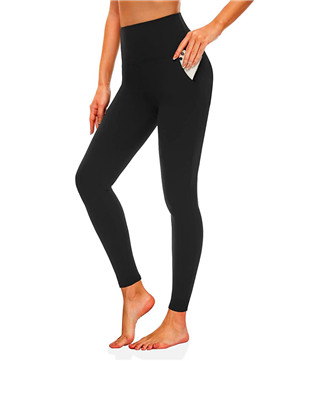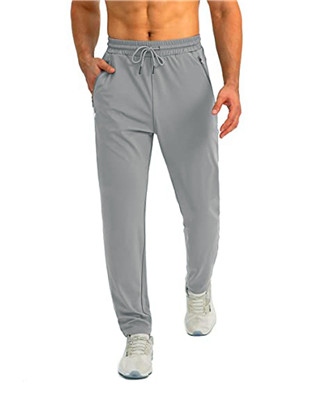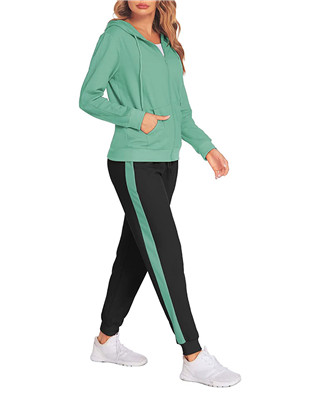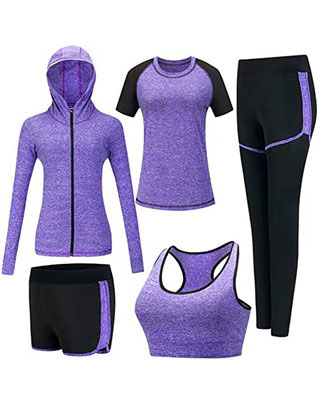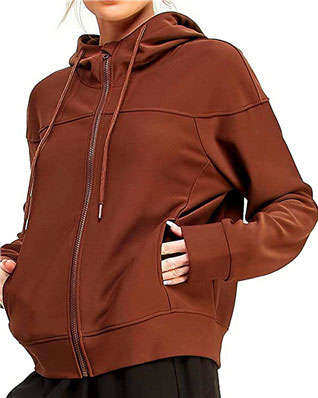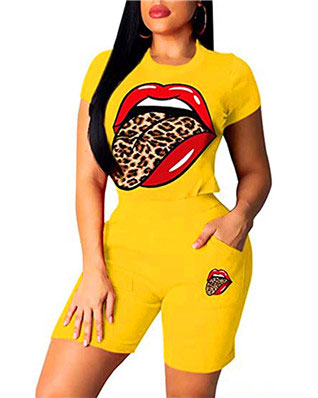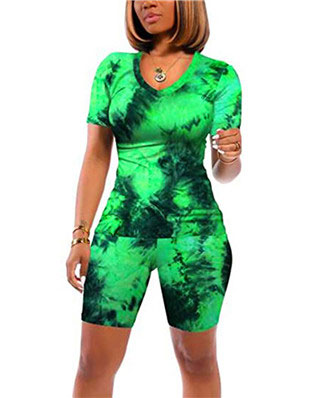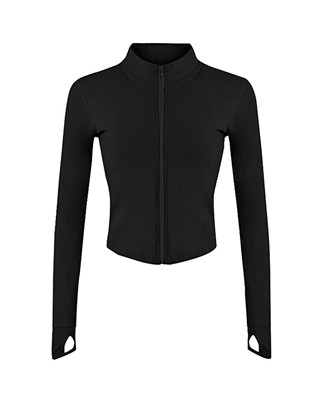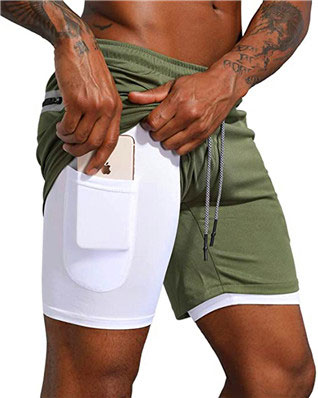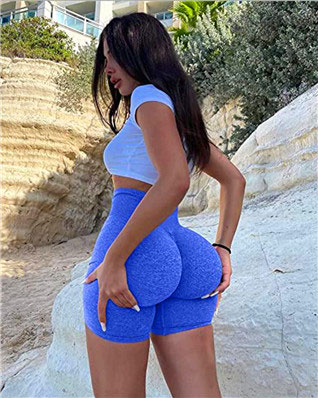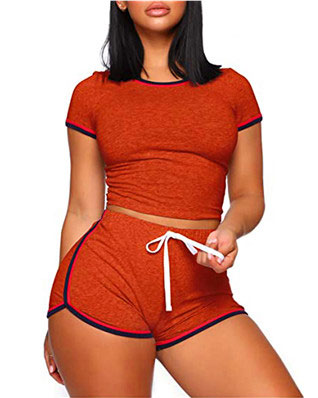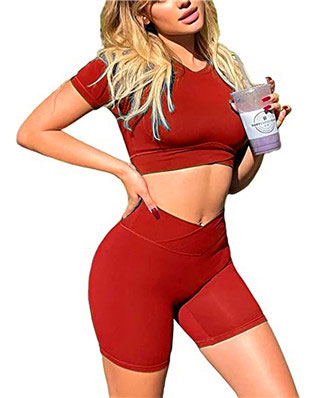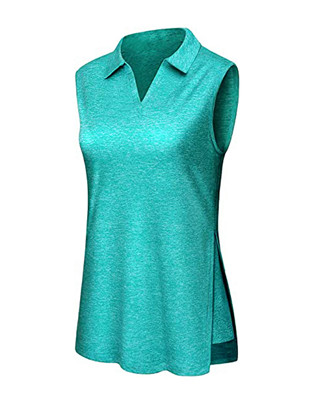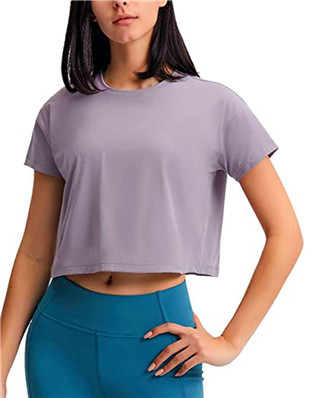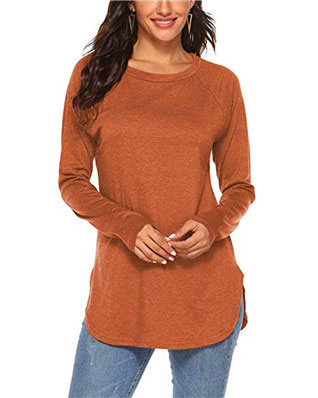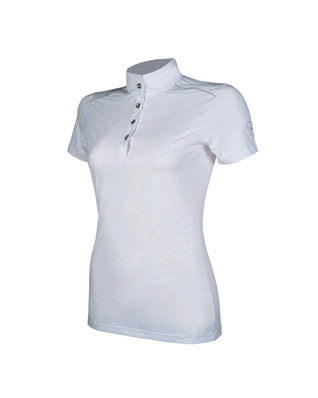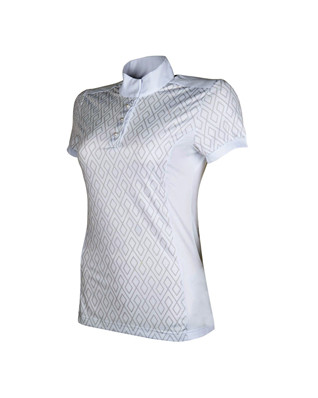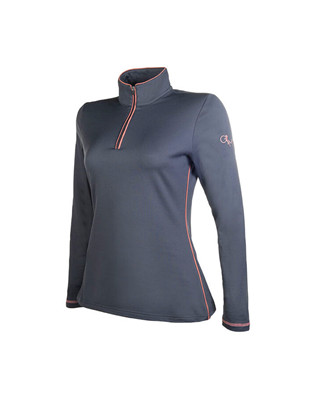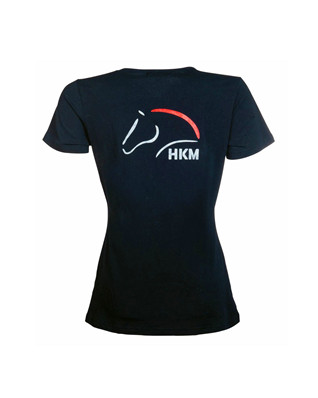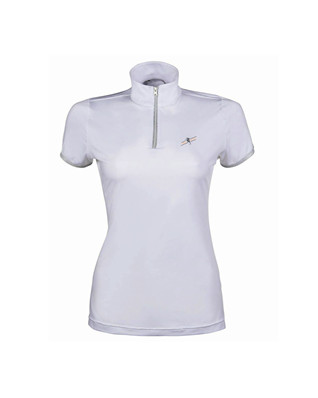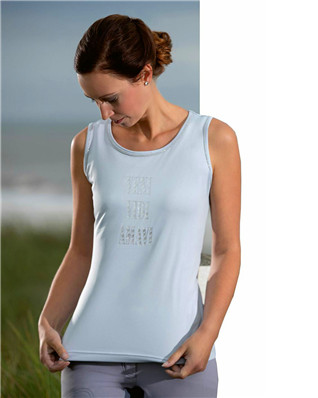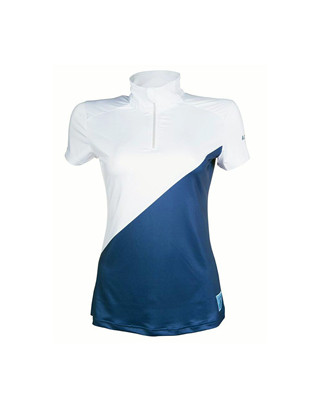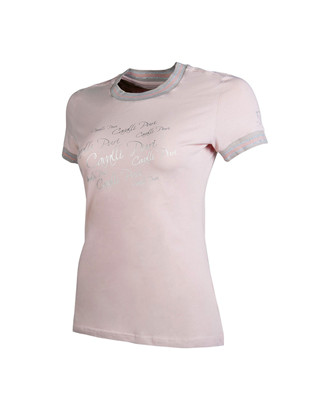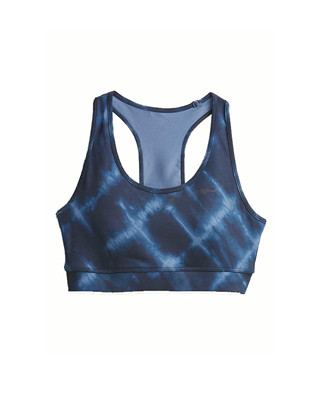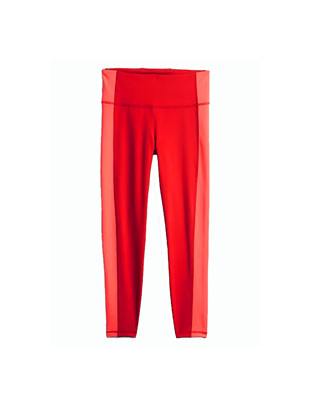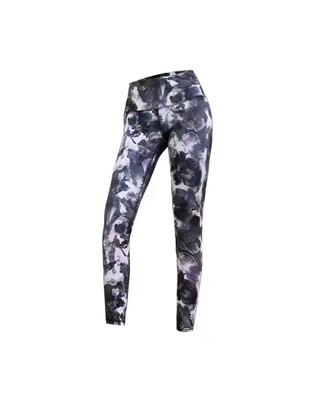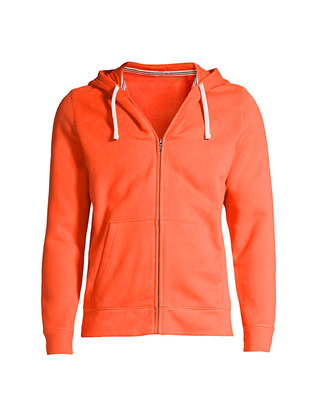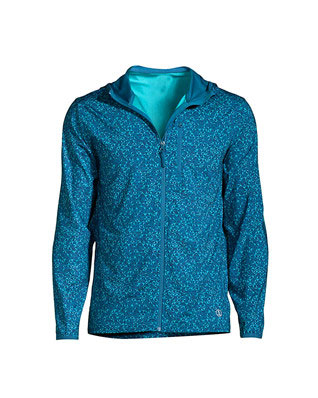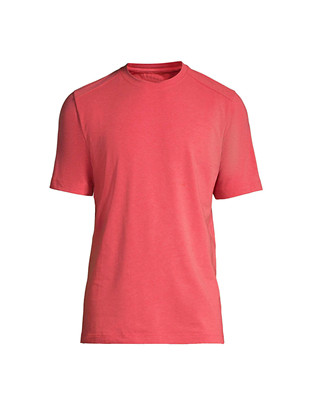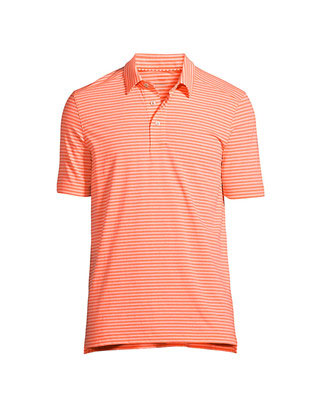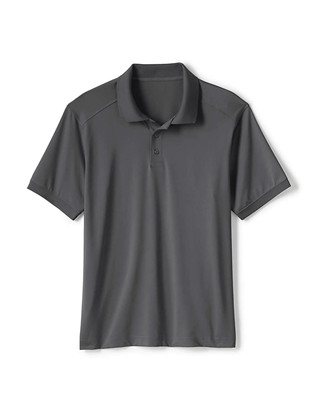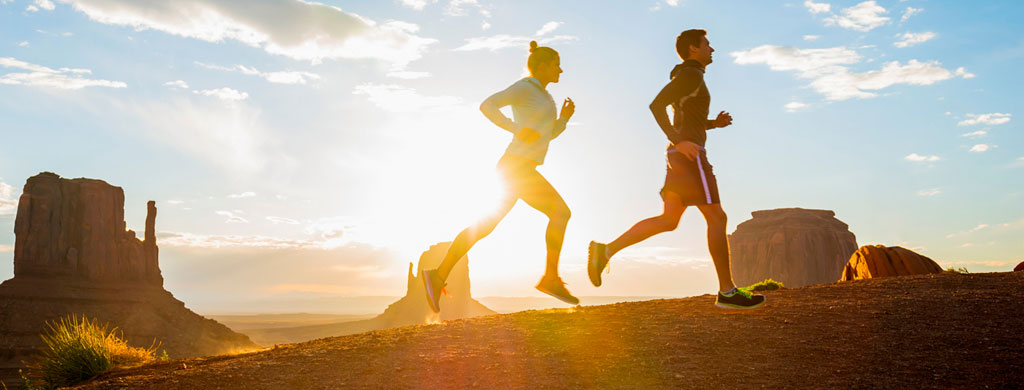
While warm weather makes summer one of the most popular times to hit the trails, soaring temperatures can sometimes conspire against you. Not only is it important to carry plenty of water and slather on that SPF when hiking in hot weather, but you’ll want to equip yourself with the basic hiking essentials along with summer hiking clothes and gear that keep you cool and comfortable. Think moisture-wicking fabrics, breathable hiking shoes, and other garments and products that protect you from the sun. Below, we cover what to wear hiking in the summer—along with some safety and health tips—so you can enjoy every sunny step.
People hiking in sunny conditions.
Hiking Clothing
Undergarments, UPF clothing, hiking shoes and more—a lot goes into a summer hiking outfit. There are a handful of factors to consider when choosing what to wear, including terrain, sun exposure, personal preferences and elements you may encounter on the trail. Whether you’re enjoying dusty desert hiking or trekking in a humid climate, here are the pieces you’ll need to consider:
Hiking Shoes vs. Boots
A pair of light, breathable hiking shoes are usually your best bet when hiking in hot weather. They’ll help keep your feet cool, and many styles offer excellent ankle support and traction. When hiking very rugged terrain—or in cases where you expect a bit of moisture—water-resistant hiking boots may be better. 然而, they’ll be heavier and not as breathable as regular shoes.
Whatever type of hiking shoe you choose, don’t forget about your socks. The best hiking socks for summer are made of thin, breathable materials. Though light in weight, they should still provide cushioning and help prevent blisters.
Pants vs. Shorts
Though you may be inclined to grab a pair of shorts for your summer day hikes, they’re not necessarily the best option. Hiking pants offer better protection from the sun, which means you’ll feel cooler, lose less water and have more energy. Plus, they can protect you from ticks, other bugs and scratchy brush. Look for well-vented, quick-drying styles.
Long-Sleeve Tops
Like pants, long sleeves offer additional protection from the sun, bugs and brush. Stick to breathable, sweat-wicking materials in light colors. Even better, opt for a top featuring Ultraviolet Protection Factor (UPF) technology. The Skin Cancer Foundation recommends choosing a fabric with a UPF of 30 or higher to greatly reduce UVA and UVB exposure.(1) If it looks like rain, you may want to consider packing a rain jacket as well.
Sun-Protection Accessories
Shielding yourself from the sun helps prevent sunburns, sun damage and skin cancer. It’ll also keep you more comfortable both during and after your hike. Along with lip balm and a broad-spectrum sunscreen with SPF 30 or higher—both of which you should reapply often(2)—it’s a good idea to wear a brimmed hat like a baseball cap and sunglasses.
Undergarments
Whether you opt for a base layer or just stick with a sports bra and underwear, choose synthetic materials that keep you cool by wicking away sweat. Avoid fabrics like cotton that tend to soak up water and stay wet.
A collage of hiking clothing, shoes and gear.
Tips for Summer Hiking
Now that you’ve been fully briefed on what to wear hiking in hot weather, review these helpful summer hiking tips:
Hike early in the day or in the late afternoon: The middle of the day is always hotter than the early mornings and evenings. If you’re hiking somewhere known for soaring temps, it’s best to stick to these cooler hours for a comfortable, safer hike.(3)
Pick a shady trail: When possible, prioritize trails with lots of coverage to help stay cool.
Be mindful of weather warnings: As beautiful as she is, Mother Nature can be a mighty force and shouldn’t be underestimated. If there are warnings to avoid trails due to blazing temperatures or inclement weather, pick another day to hike.
Pace yourself: Start off slow and take as many breaks as you need. Remember, hiking is all about enjoying the journey versus racing to the finish line. This is doubly important when hiking in hot weather.
Carry extra water: You never want to be caught without enough water on the trail. In the most minor cases you’ll feel thirsty and lethargic, but the situation can quickly turn severe. While every person—and every hike—requires different amounts of water, the rule of thumb is to pack half a liter per hour of moderate hiking, and one liter per hour for more intense scenarios.(4)
Don’t be a trailblazer: It might be tempting to go off trail, but it’s best to stick to the beaten path. Bushwhacking puts you at risk of getting lost and can also impact important natural growth.
Bring sunscreen and bug spray: Always carry extra sunscreen of SPF 30+ so you can reapply throughout your hike. Bug spray comes in handy for areas with lots of insects.
Bring bear spray: If you’re hiking somewhere known for bear sightings, carry bear spray with you. You probably won’t need to use it, but having some on hand will provide peace of mind.
Protect yourself from blisters and chafing: These irritations are par for the hiking course, but you can mitigate the discomfort. Never wear brand-new shoes on your hike, always wear shorts or pants that prevent your skin from rubbing together and pack a first-aid kit.
A woman drinking water while hiking.
Hot-Weather Safety Concerns
Hiking in summer is a joy, but it does have some inherent risks. Take the advice above to heart, and be mindful of the following heat-related conditions that can arise when exerting yourself in hot weather:
Dehydration
Dehydration occurs when your body doesn’t have enough water. Remember, you need more water than usual when exercising, and even more water when exercising in high heat. Symptoms of dehydration include(5):
Extreme thirst
Headache
Less frequent urination and dark urine
Exhaustion and lethargy
Dizziness
Confusion
Overhydration
Overhydration occurs when your body takes in too much water, which causes your sodium levels to drop.(6) While this is very rare, it can occur. Here are some signs to be aware of:
Nausea
Vomiting
Headache
Lethargy
Confusion
Muscle weakness
Heat Exhaustion
Excess exposure to heat can take a toll on the body, which may lead to heat exhaustion.(7) This condition presents as:
Excessive sweating
Cold and clammy skin
Quick, weak pulse
Nausea and vomiting
Fatigue
Fainting
Heat Stroke
Heat stroke can occur if you can’t get your body temperature under control—specifically if your temperature is 103°F or higher and you’re unable to cool down. It’s essentially an escalation of heat exhaustion.(8) This can ultimately impact organ function and potentially cause death. As such, it requires immediate medical intervention. Heat stroke symptoms include:
Hot and red skin that’s either damp or dry
Quick and strong pulse
Headache
Dizziness
Nausea
Confusion
Loss of consciousness
Sunburn
Spending more than 10 minutes in the sun puts you at risk of getting a sunburn—and the longer you’re exposed to the sun’s powerful UV rays without proper protection, the more severe the burn. In mild cases, a sunburn is sore to the touch and will heal within a few days. Severe burns can result in blistering, peeling and extreme pain. But all sunburns put you at risk for developing skin cancer.(2) Always apply—and frequently reapply—sunscreen of SPF 30+ and wear hats, sunglasses and UPF clothing.
As you can see, knowing what to wear hiking in the summer requires a bit of planning. Follow the advice above and you’ll be ready to hit the trails with confidence.

